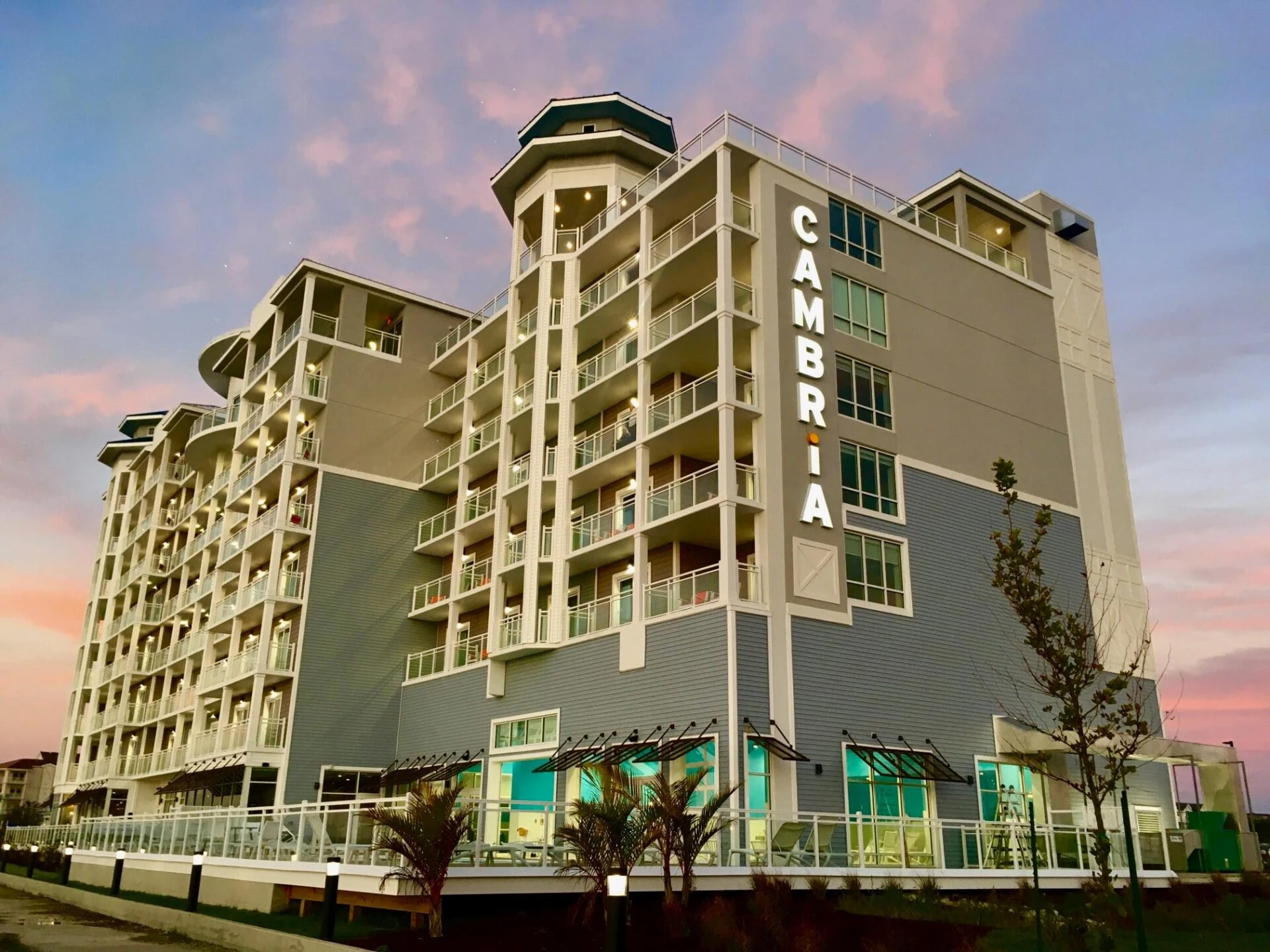
How Hotels Are Becoming a Seamless Part of Their Destination
Stay Informed
When people travel, they don’t just want a place to sleep — they want a place that feels like it belongs to the destination they came to experience. Increasingly, hotel brands are recognizing this and moving away from cookie-cutter design standards. Instead, they’re creating localized hotels that connect guests to the culture, landscape, and character of their surroundings.
Today’s travelers are looking for more than just a logo on a building — they’re looking for authenticity. And the hotel industry is responding in three major ways.
1. Hotel Facades That Blend In, Not Stand Out
Traditionally, hotels have leaned heavily into consistent branding for their exteriors — instantly recognizable colors, signage, and architecture that signaled their presence. But the trend is shifting.
Modern hotel design is allowing exteriors to reflect local culture, history, and environment. Whether it’s using regional stone, architectural styles inspired by local history, or subtle details that echo the neighborhood’s aesthetic, the goal is to make the hotel feel like a natural extension of its location — not a disruption to it.
A beachfront hotel might feature soft wood tones and breezy facades that complement the shoreline, while a mountain lodge could lean into local timber and stonework that blends into the surrounding landscape.

2. Interiors That Tell a Local Story
Step inside these localized hotels, and the sense of place continues. Interiors are no longer designed to feel like anywhere — they’re designed to feel like somewhere specific.
Hoteliers are working with local artists to curate custom artwork that reflects the culture or history of the area. Furniture pieces might be handmade by nearby craftspeople, adding character and a personal touch. Color palettes are inspired by the environment: rich terracotta in desert destinations, nautical blues near the ocean, or earthy greens and browns in forested areas.
These design choices don’t just look good — they create a deeper connection between the guest and the destination. Every detail feels intentional and rooted in its location.

3. Thoughtful Layouts That Maximize the Guest Experience
Beyond just design, localized hotels are also paying attention to how their buildings function within the environment.
Layouts are crafted to connect guests to key local elements. Circulation paths lead naturally to the surrounding attractions — beachfront hotels position outdoor showers near the sand for easy rinsing, while urban hotels might align entry points with bustling local markets or scenic walking paths.
Guestroom orientation is also thoughtfully considered — it’s not just about fitting as many rooms as possible, but about maximizing the views that make the destination special. Mountain hotels frame dramatic peaks; city hotels offer sightlines to iconic landmarks.
Even small touches — like providing storage for bikes in cycling destinations or gear rentals near ski slopes — show how hotels are designing for the specific ways guests will experience their surroundings.

At the Heart of It All: The Destination Comes First
Ultimately, people travel for the destination — not the hotel. But the best hotels today understand they can be a crucial part of that experience.
By embracing local architecture, incorporating authentic interior design elements, and creating layouts that help guests seamlessly engage with the area, hotels can elevate their role from just a place to stay to a key part of the journey.
Travelers are seeking connection — and localized hotels are becoming the bridge between visitor and destination. And when done well, the hotel fades just enough into the background to let the location take center stage — while still leaving a lasting impression of its own. demands of modern travelers.
One recent project we’re especially proud to have completed is the Cambria Hotel at Rehoboth Beach. This project is a perfect example of how thoughtful design can enhance the guest experience while staying true to its surroundings. From the coastal-inspired color palette and local artwork to the building layout that allows guests to easily enjoy the destination — every detail was crafted with the Rehoboth Beach destination in mind.

You can check it out here: Cambria Hotel Rehoboth Beach

Let’s Connect.
See the Fisher Difference for Yourself.
At Fisher Architecture, we design with intent, and we build with our clients in mind. Our work spans residential, commercial, mixed-use, hospitality, medical, and government sectors across the East Coast, with over 1,700 projects completed and counting.